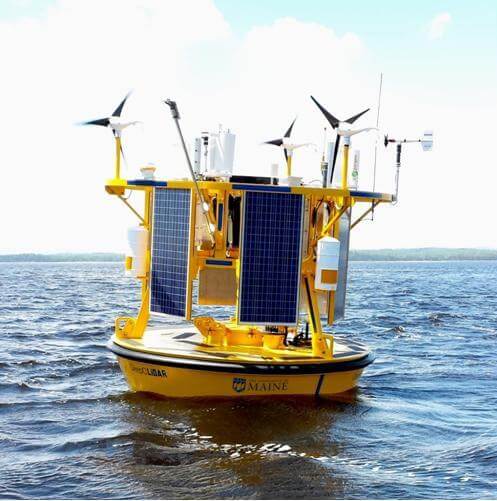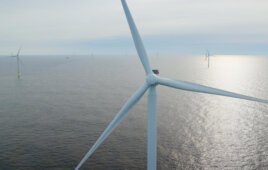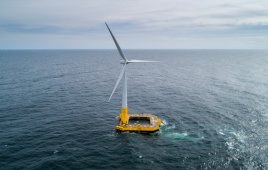DeepCLiDAR is the first floating LiDAR buoy validated in the US providing bankable wind speed data at hub height, metocean data, and ecological monitoring services. Now available for commercial lease or purchase.

Based on results of validation testing and other considerations, DeepCLidar meets the Carbon Trust’s acceptance criteria and is capable of accurately measuring wind speed and directions across a range of met and ocean conditions.
As a low-cost offshore wind resource for data, DeepCLiDAR will help accelerate the development of the US offshore wind industry by providing high quality, low-cost offshore wind resource data, metocean monitoring, and ecological characterization capabilities in remote marine environments.
DeepCLiDAR is 1/10th the cost of traditional meteorological tower for wind resource assessments, deployable in virtually any water depth, capable of providing bankable wind speed data up to 200-m above sea-level, has a fully-integrated metocean sensor package that provides wave and current data, and offers an optional ecological monitoring sensor package for permitting efforts developed with the Biodiversity Research Institute.
DeepCLiDAR technical overview
LiDAR: Windcube Offshore, measures wind speed at 40 to 200-m heights; GLGH Stage 3 acceptance for use in formal wind resource assessment campaigns
Other sensor packages include Metocean: wave, wind, and current; Ecological: acoustic, bird, bat, and fish
Hull and construction are aluminum, 3-m discus buoy, fully seal welded with main central hatch for all data and power control electronics
Telemetry: GOES, CDMA/GSM, IRIDIUM
Mooring: Shallow water – chain with gravity anchor; deep water – chain/wire/chain with gravity anchor
Power: System is autonomous, deployable for one year without regular maintenance
Filed Under: Offshore wind




